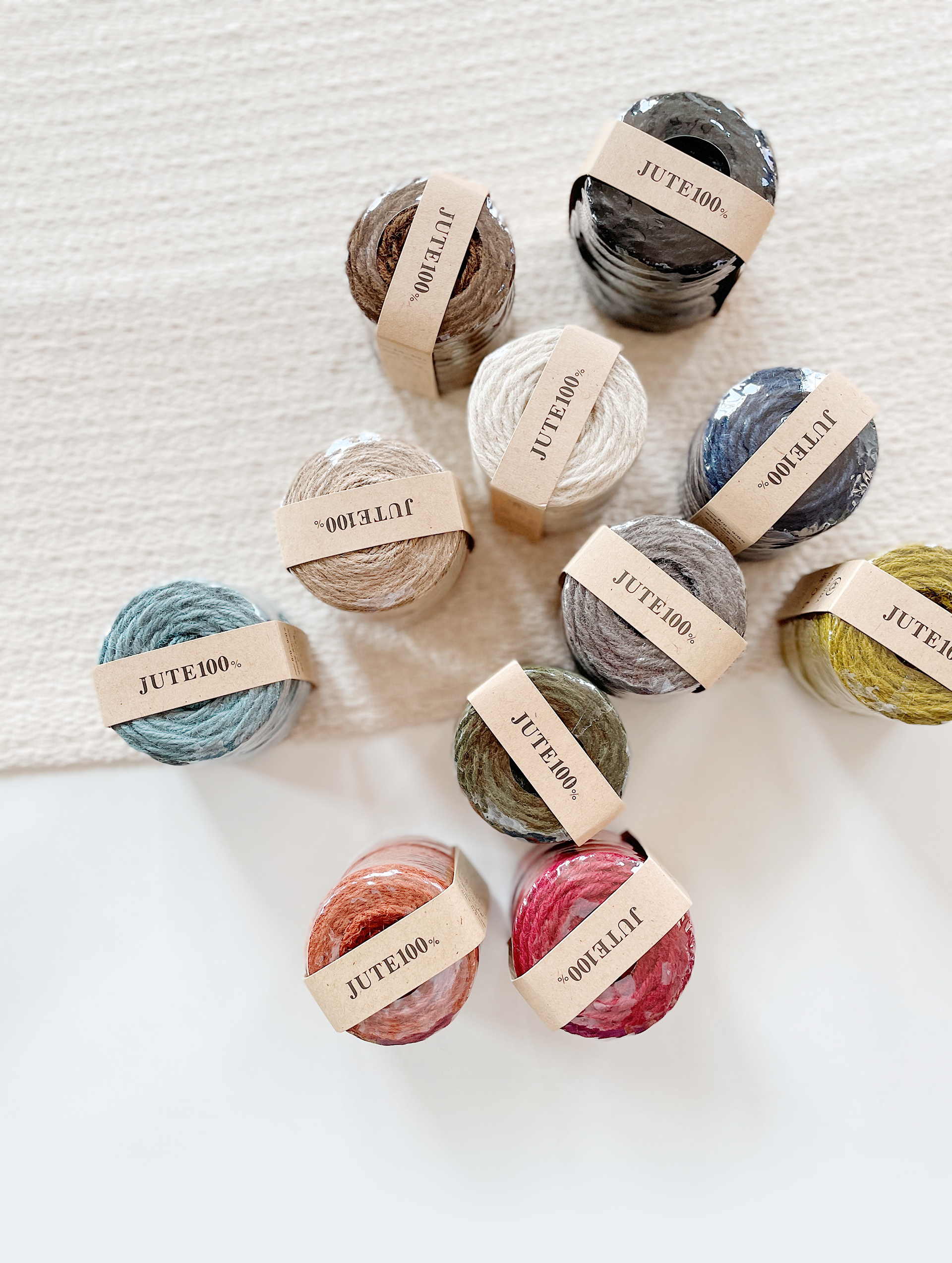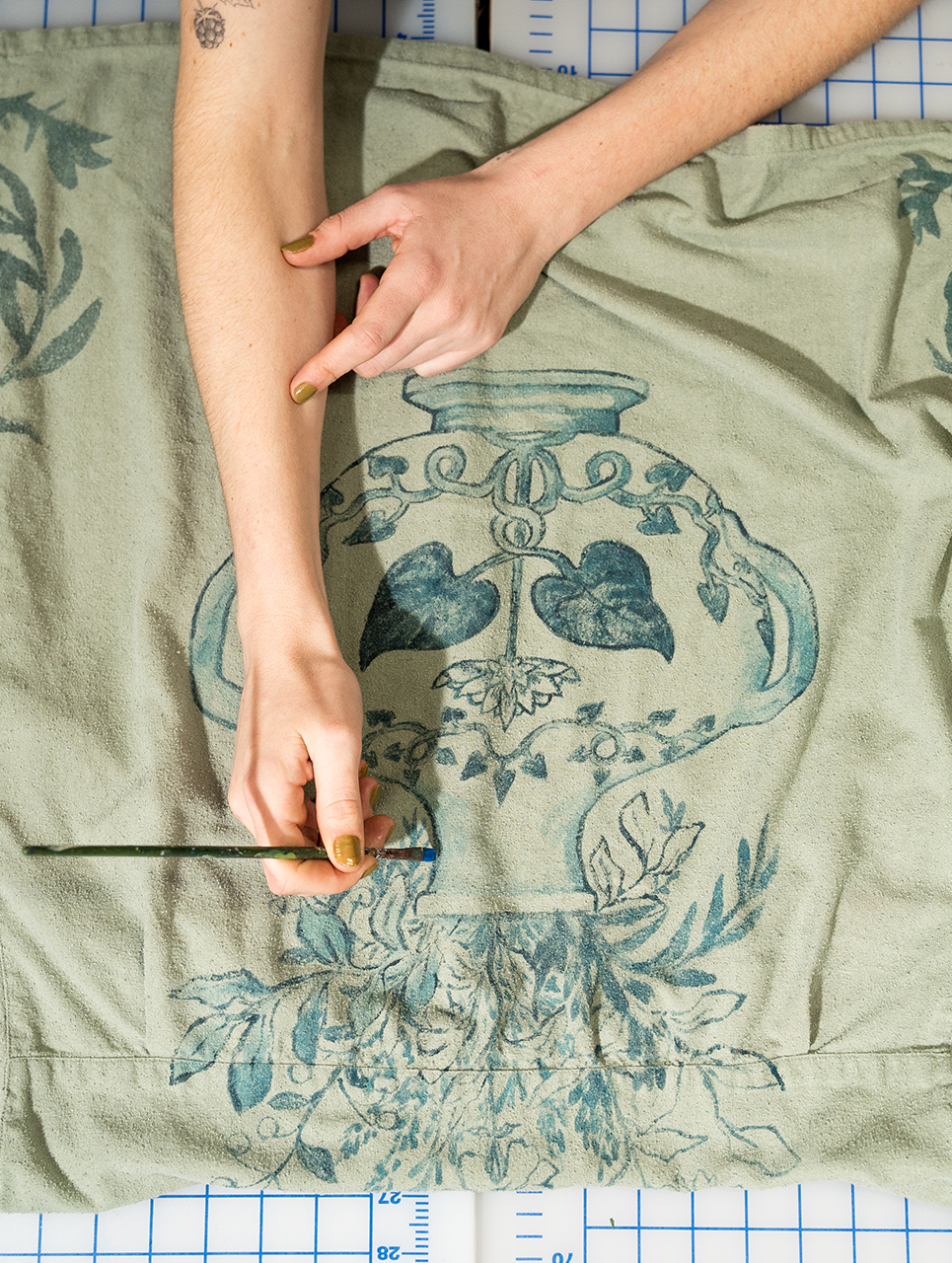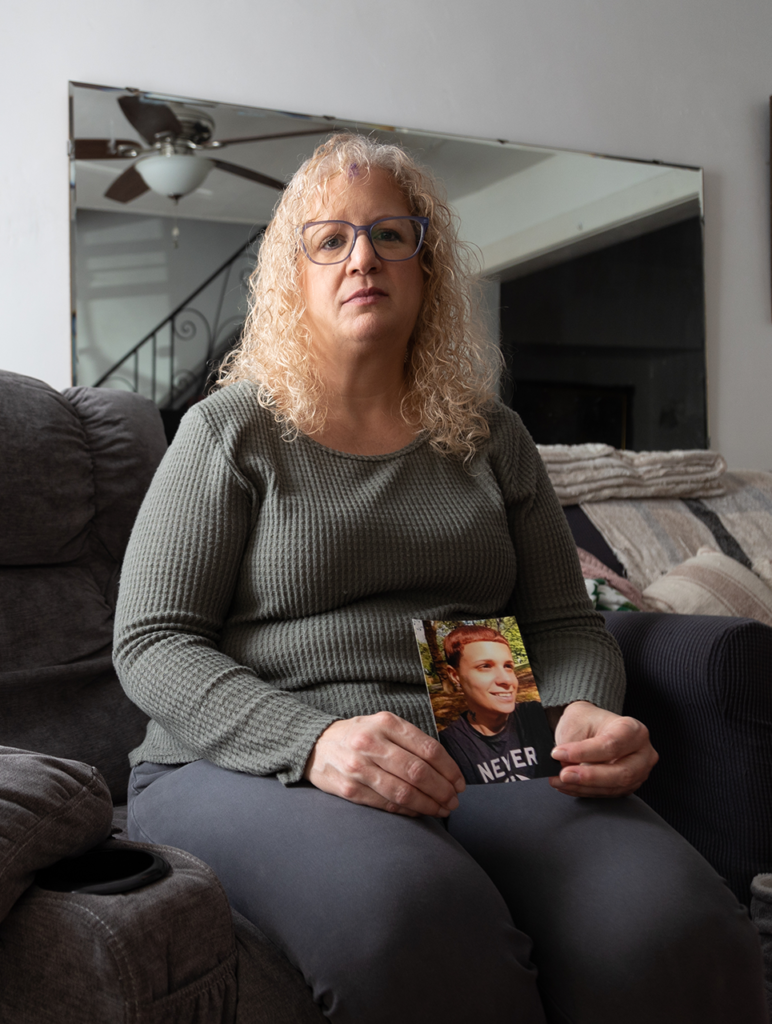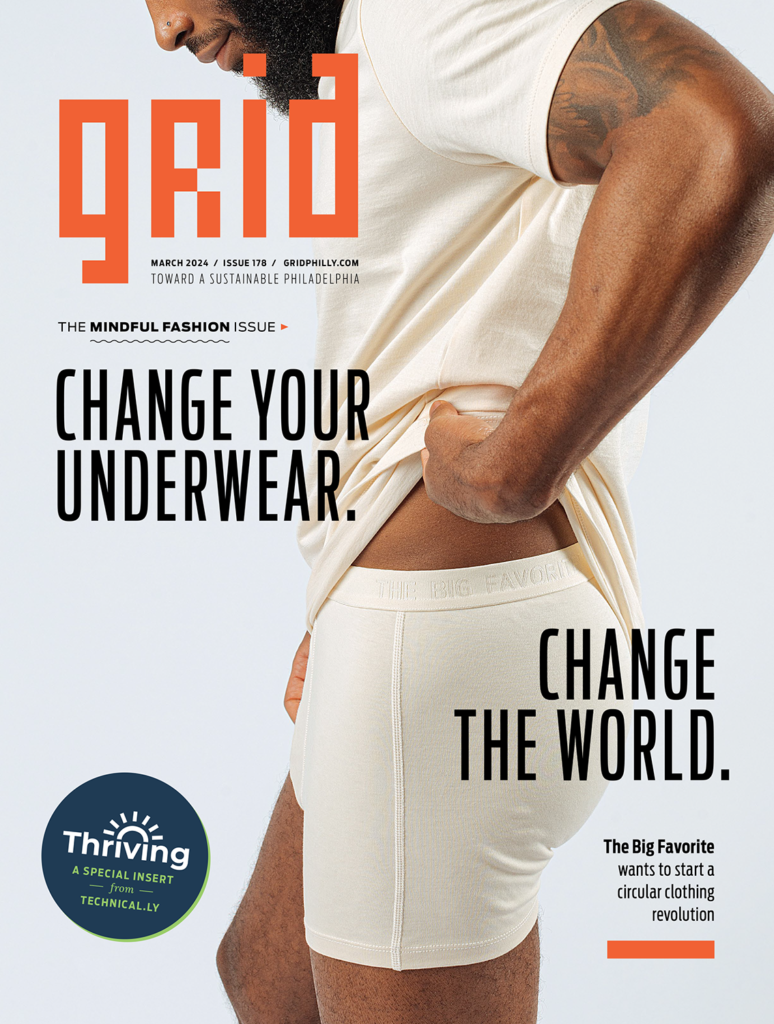Do you know what it’s made of? Where it came from? Who stitched it together?
Go ahead and cheat. Check the label. That will get you part of the way there: a list of materials and a country, but much of the story will remain a mystery. That little tag won’t tell you about the chemicals sprayed on the cotton fields or the air pollution at the chemical plant that produced the polyester, rayon, spandex or other synthetic fibers woven into the cloth. It won’t tell you whose hands pushed the fabric through sewing machines, whether they worked decent hours for decent pay or whether they were exploited at a sweatshop.
In “Worn: A People’s History of Clothing,” Sofi Thanhauser describes how producing what we wear went from a necessarily organic, home-based, labor-intensive craft that produced incredibly precious items to a globe-spanning industry focused on cranking out mountains of cheap clothes that are out of style almost as soon as we wear them.
Let’s consider alternatives: growing industries that help us reuse the clothes we discard, artists inventing new lives for old pieces, opportunities to craft our own fabric and entrepreneurs trying their hand at circular clothing manufacturing systems. You’ve heard plenty of people telling you how to eat mindfully. We hope you find the ideas and inspiration here to dress mindfully as well.
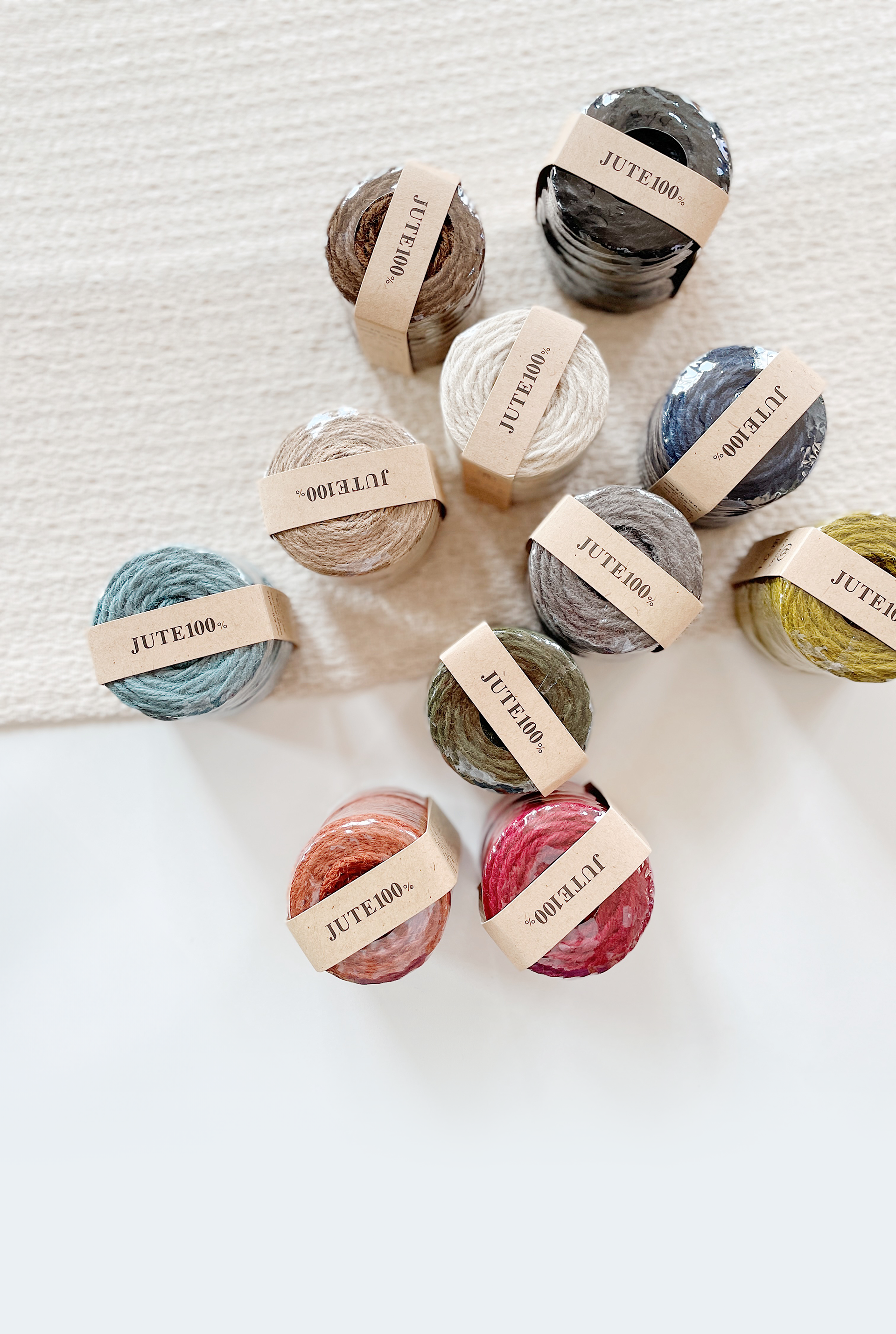
at Weaver House. Photo courtesy of Weaver House.

